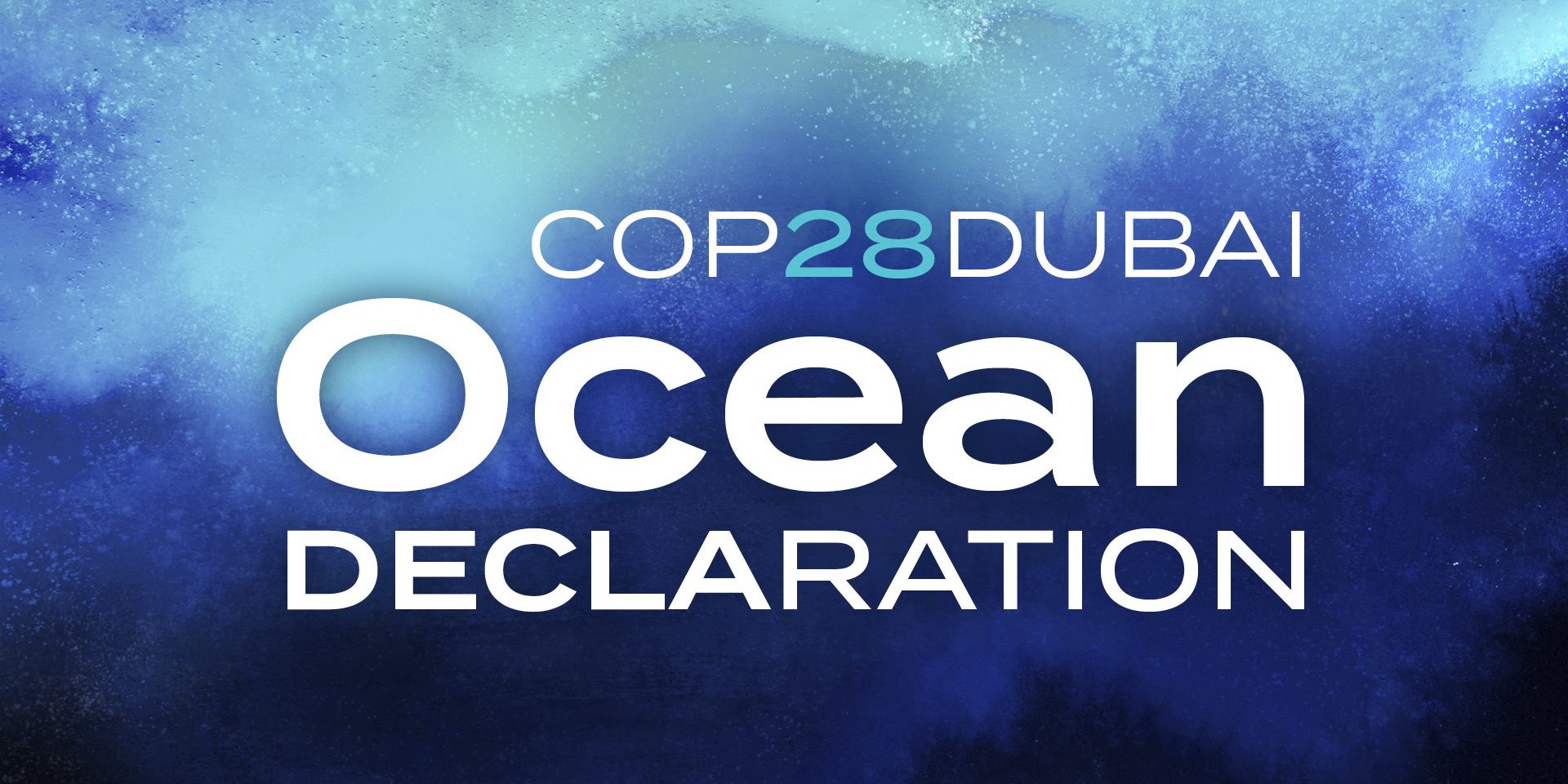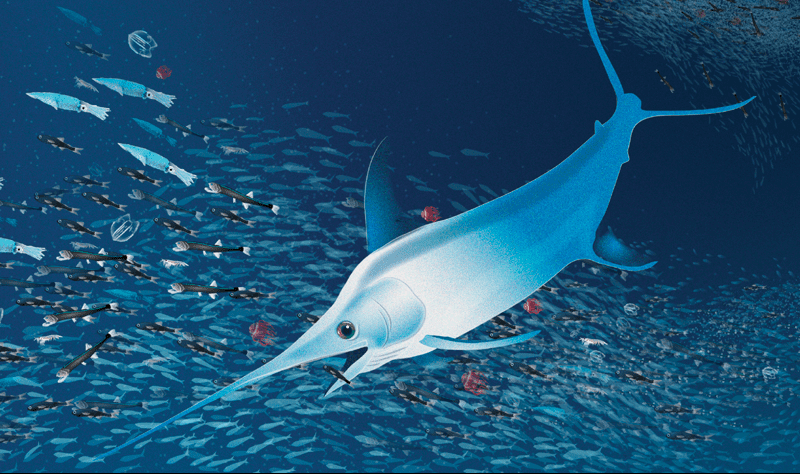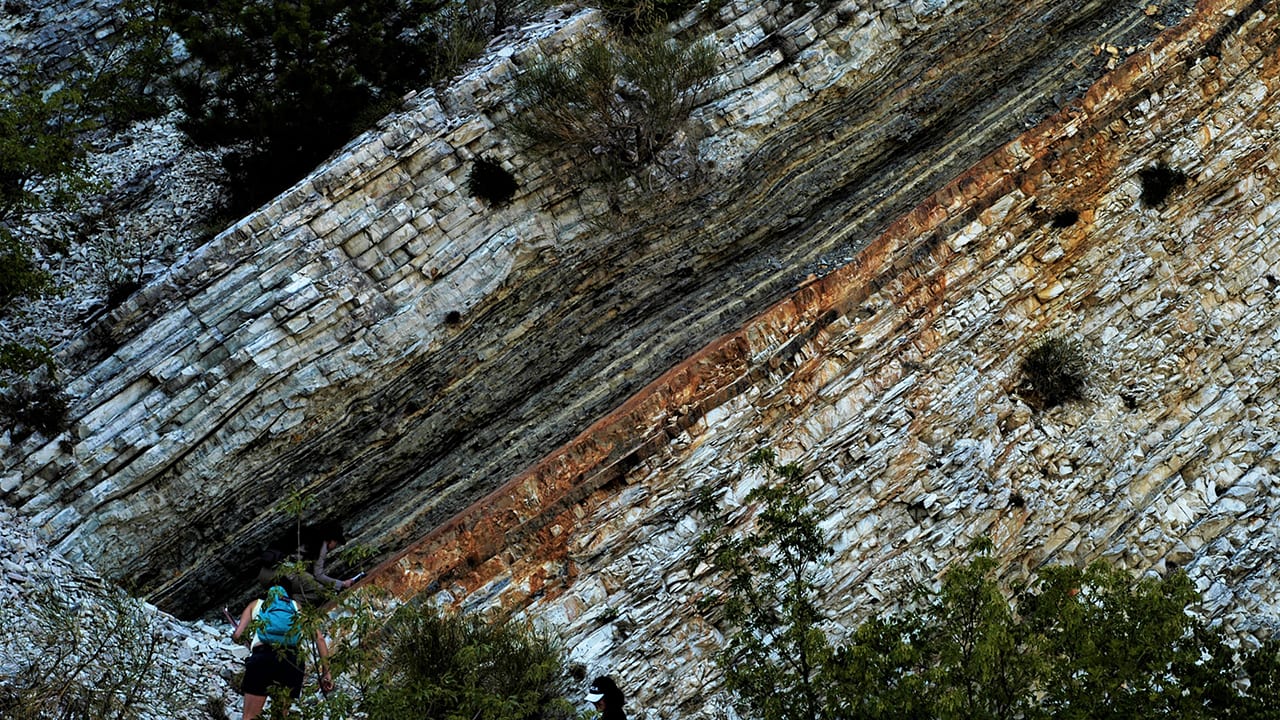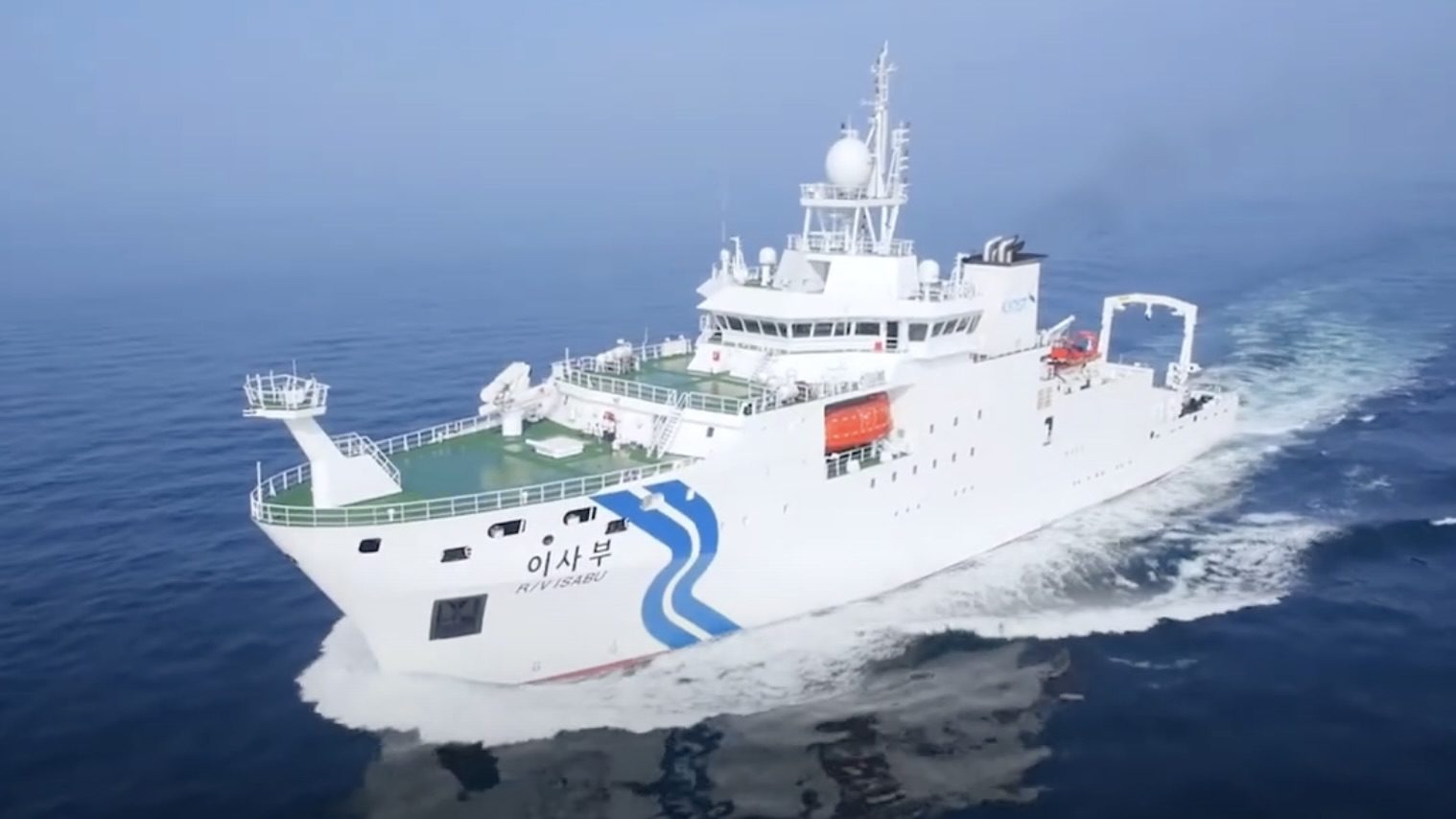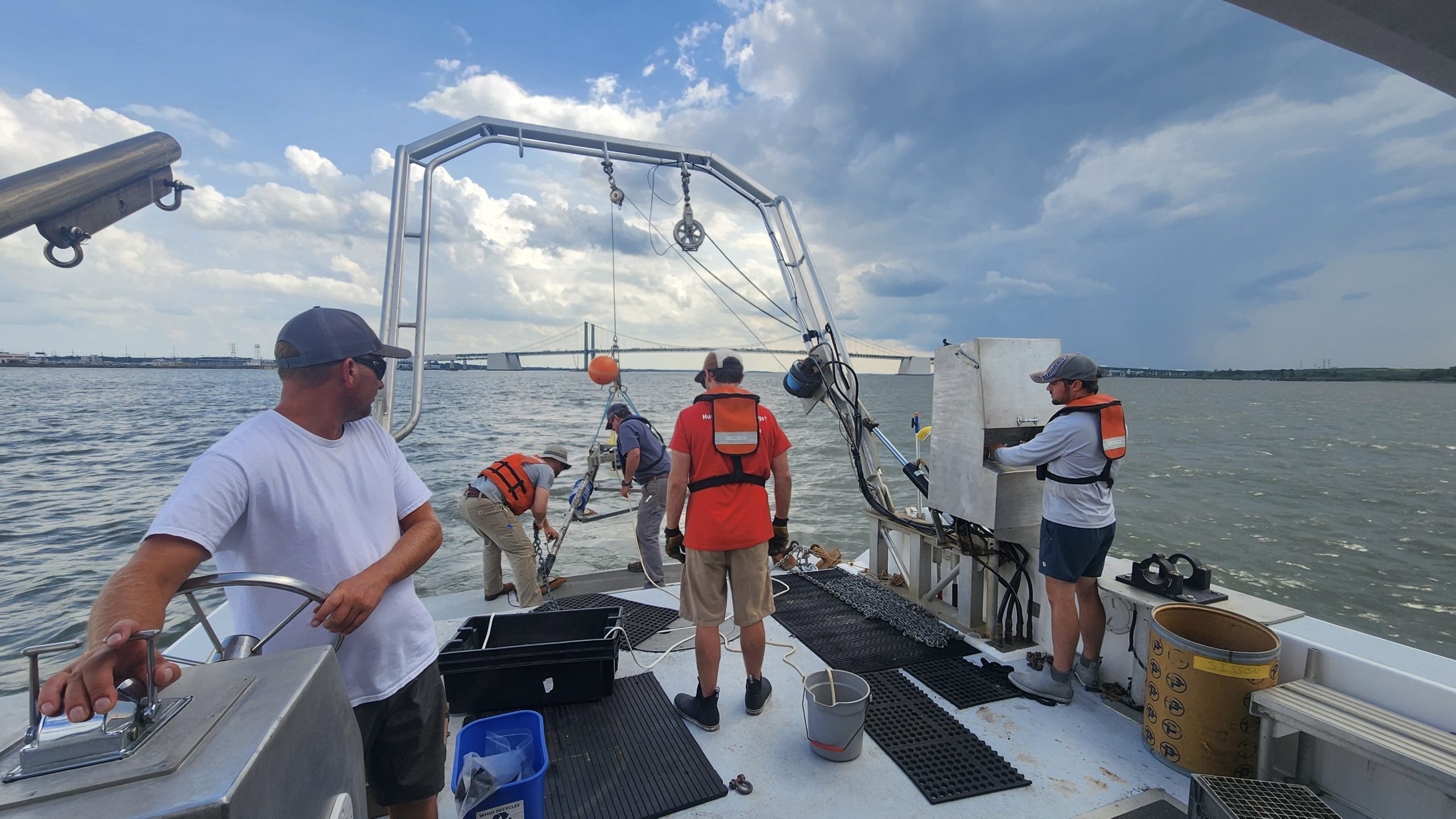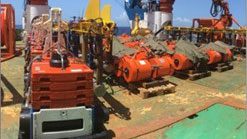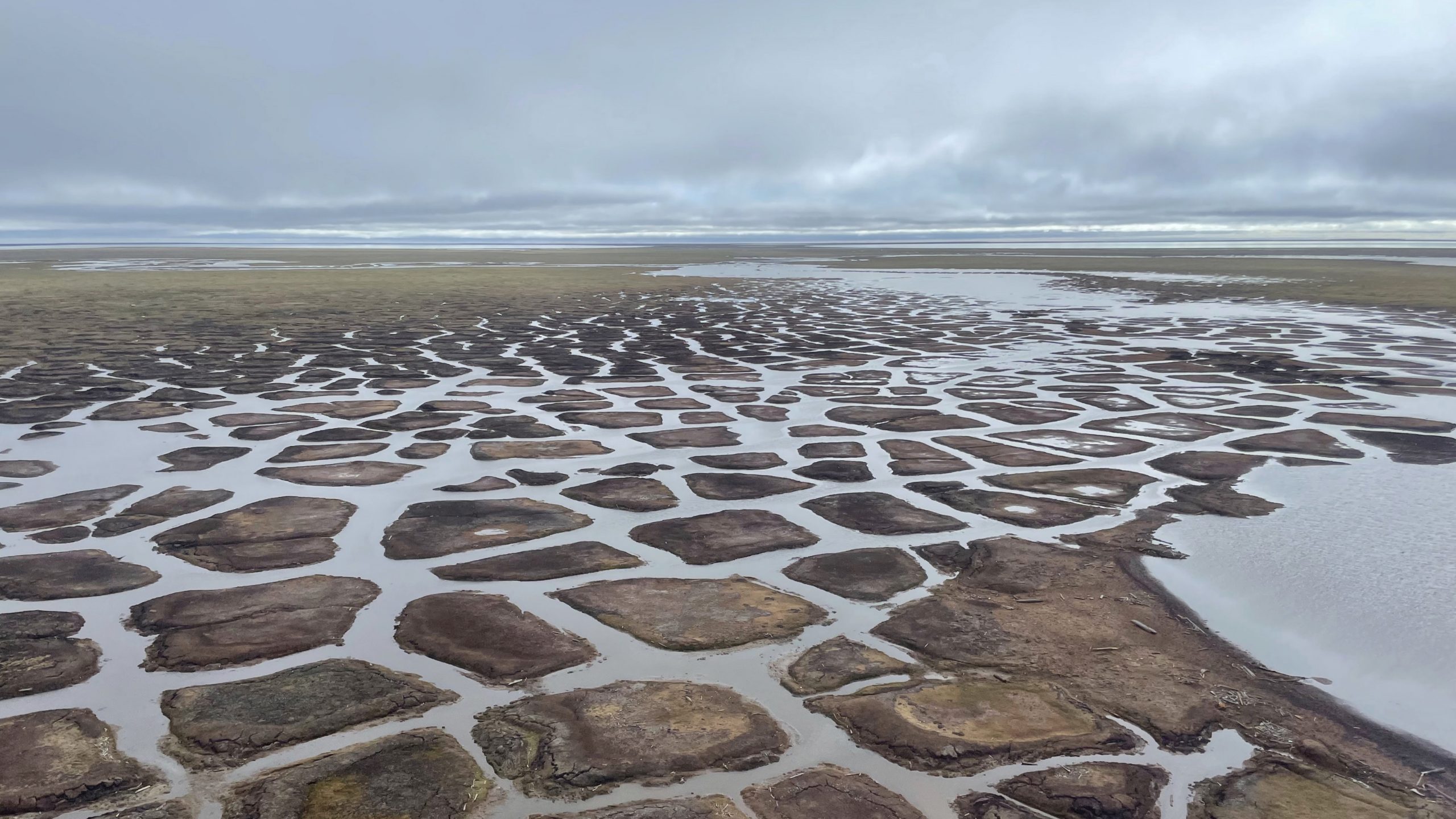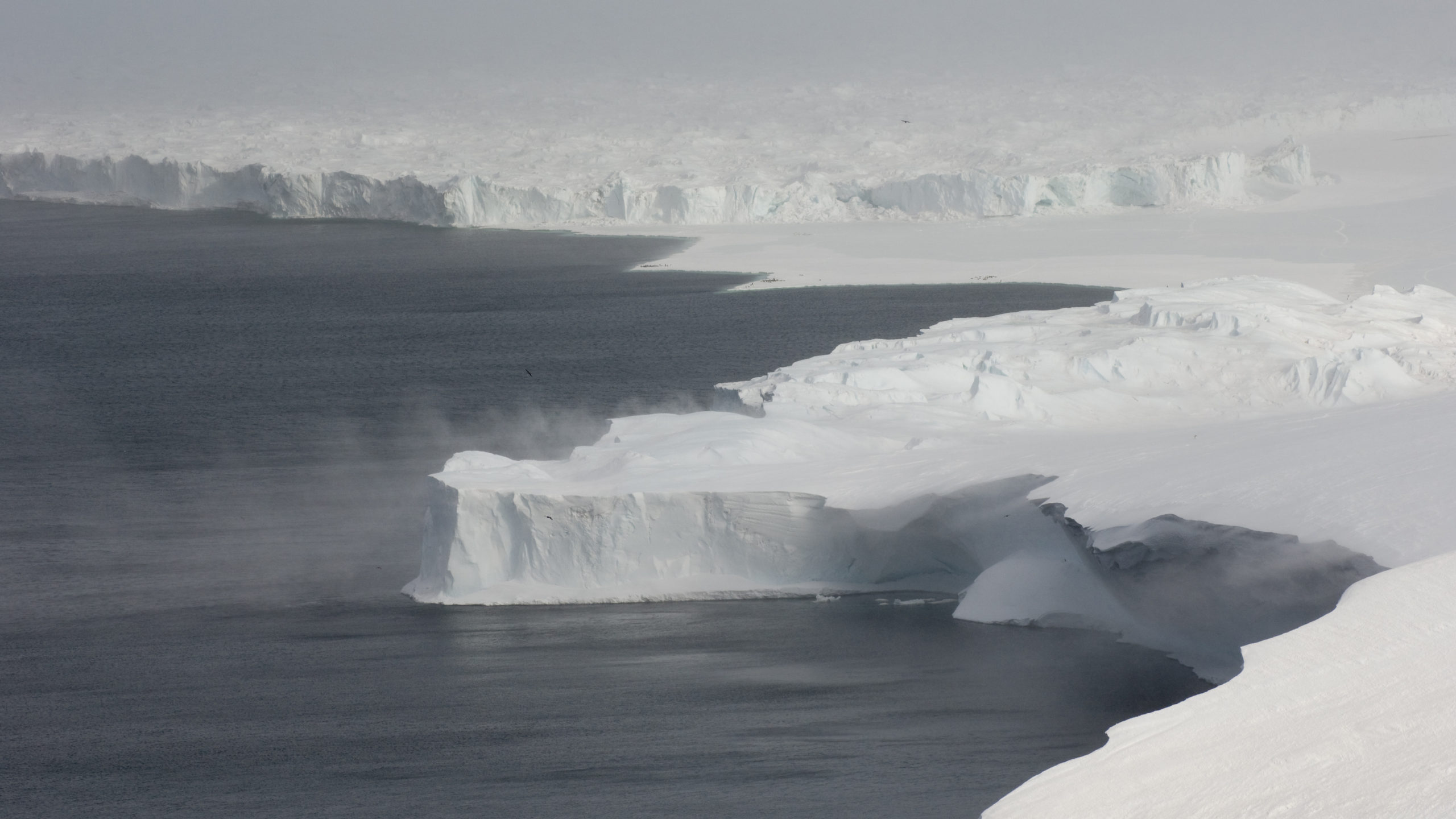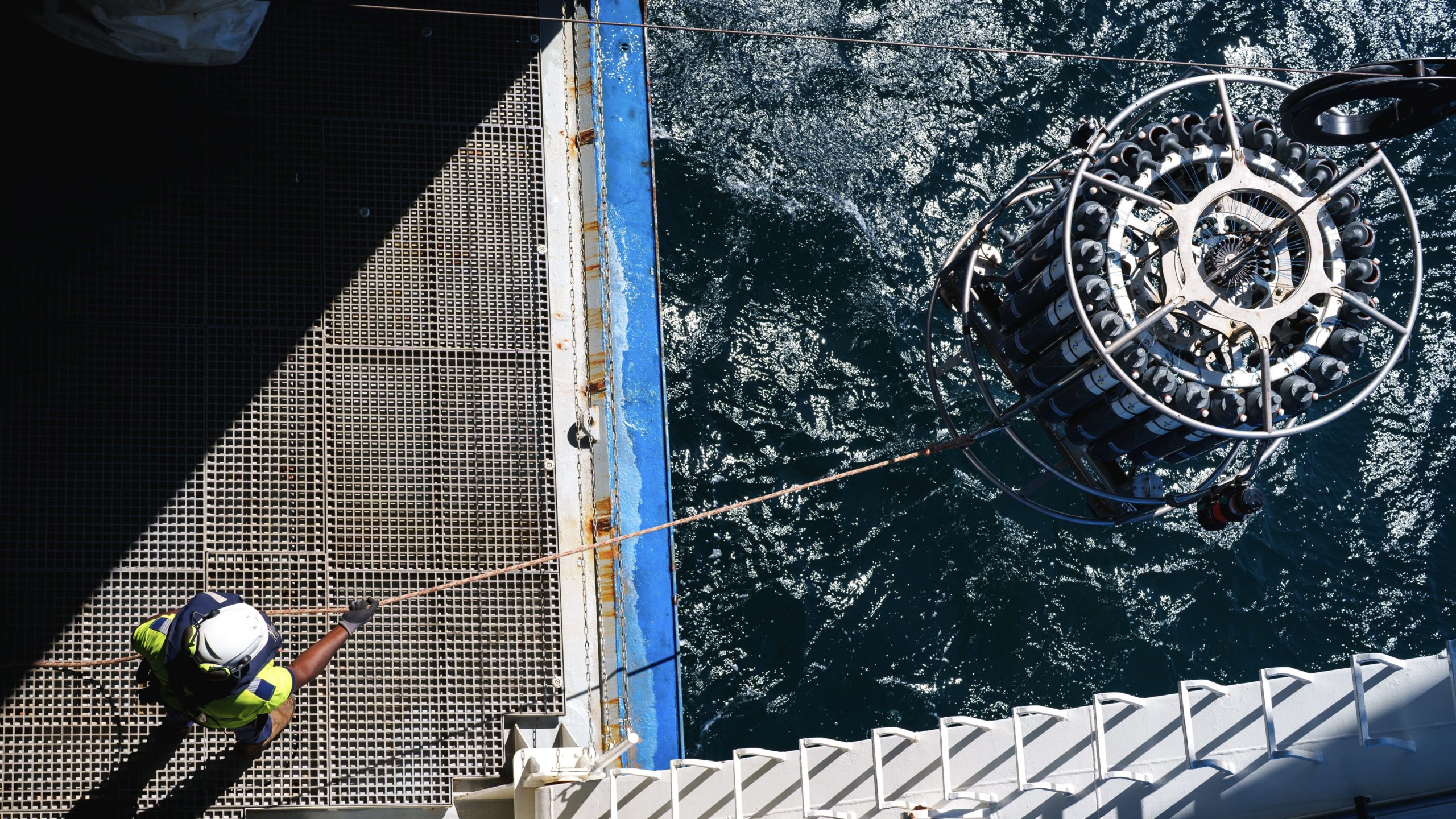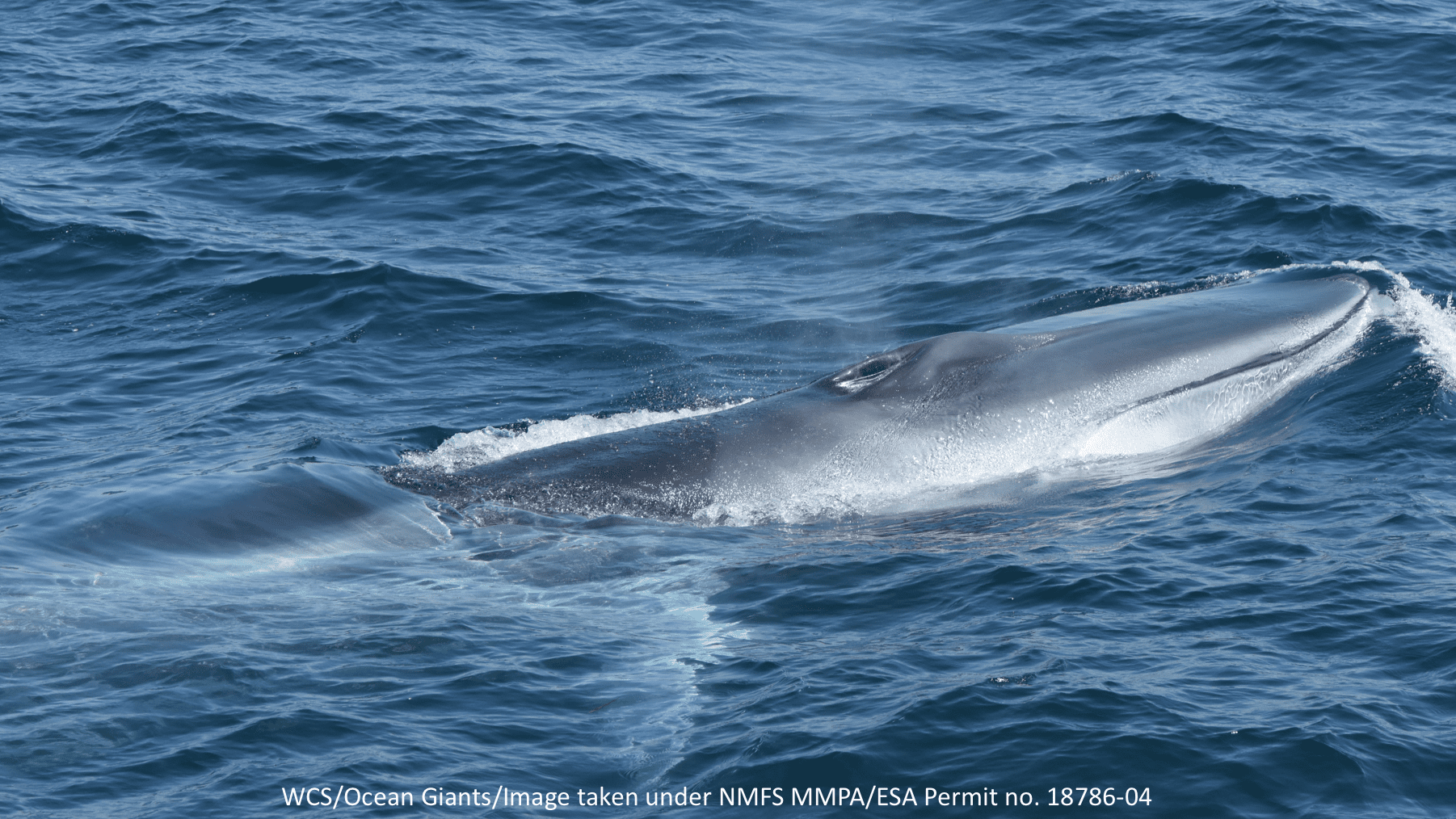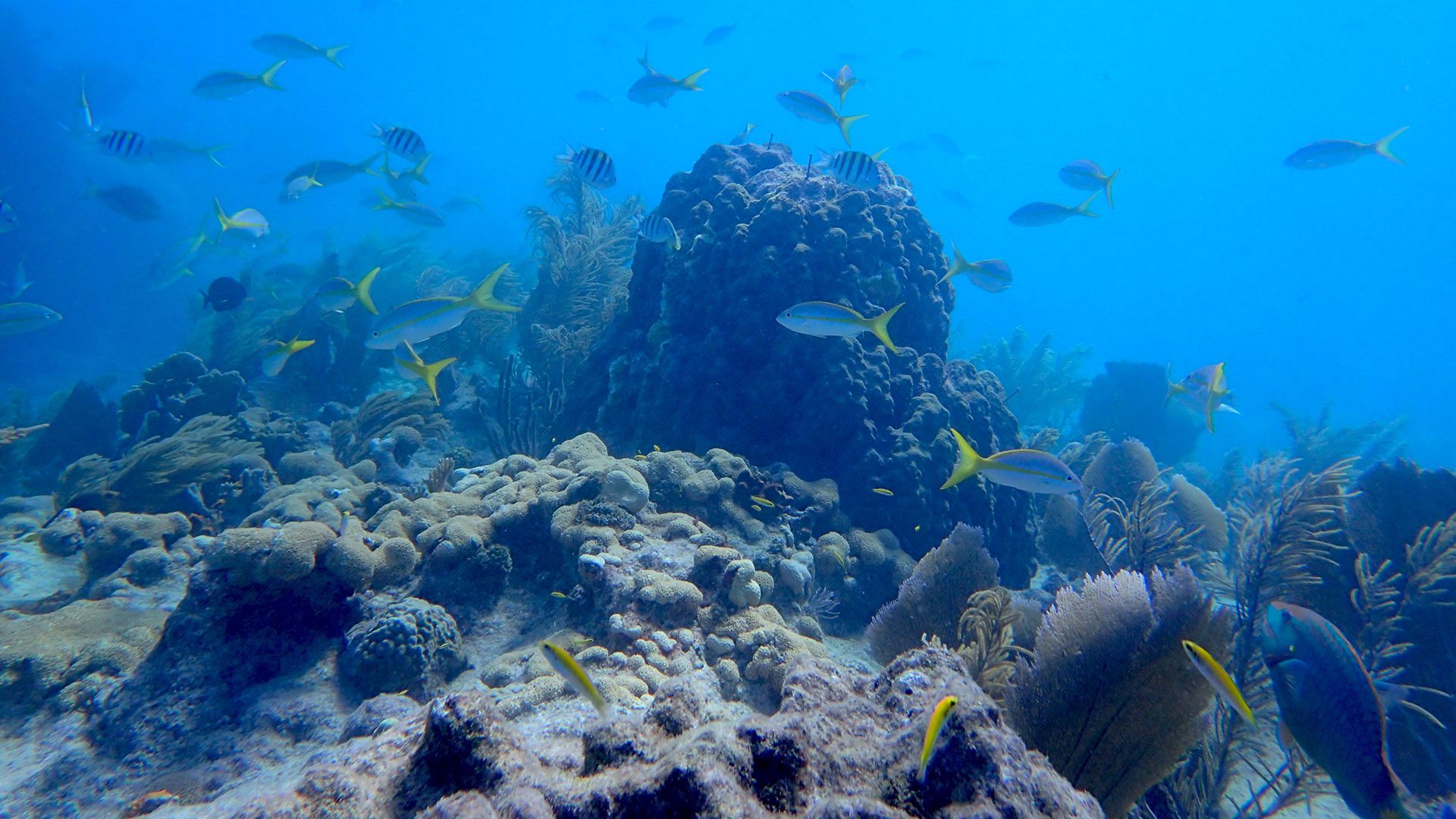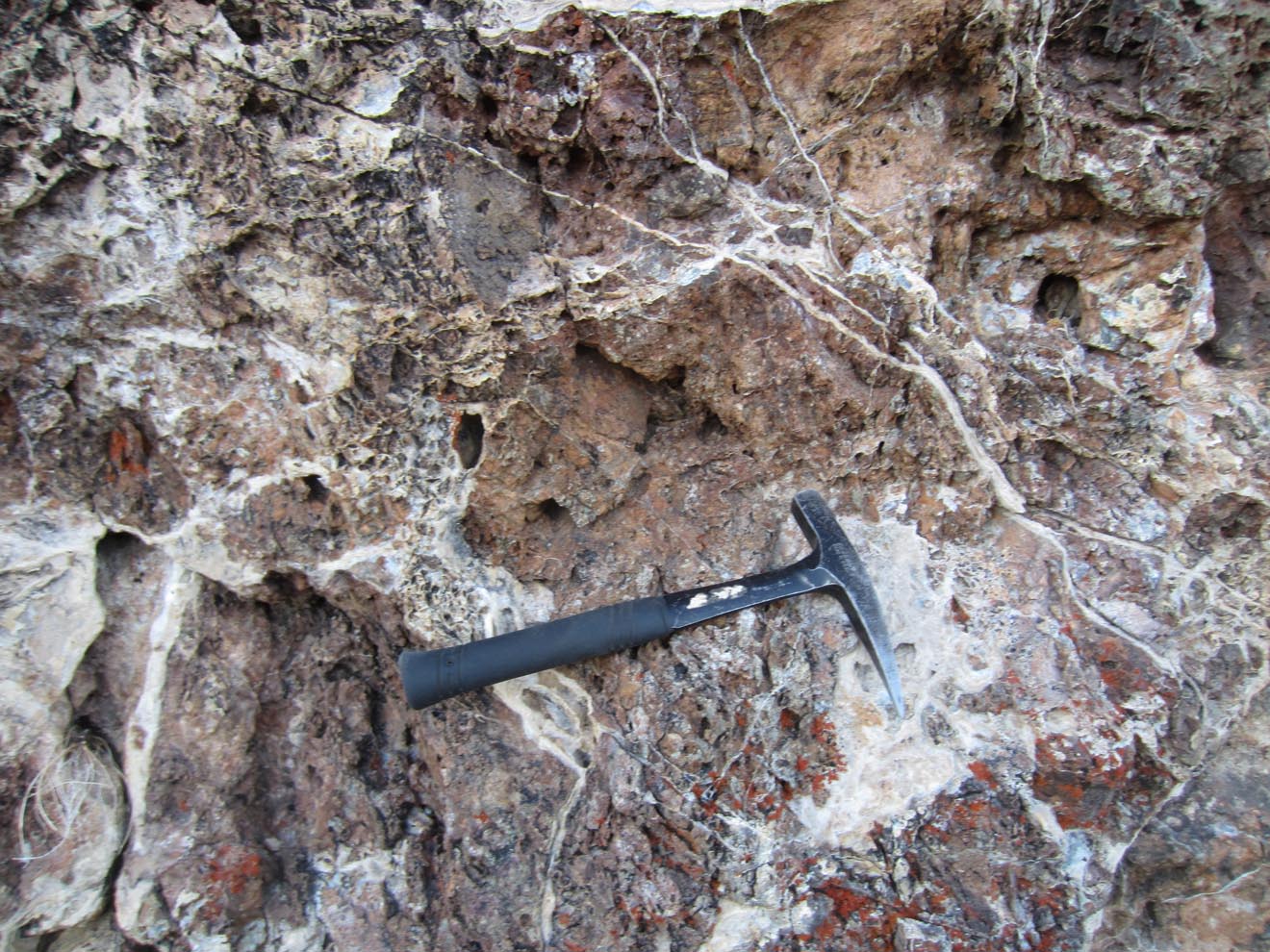News Releases
Researchers Studying Ocean Transform Faults, Describe a Previously Unknown Part of the Geological Carbon Cycle
Woods Hole, Mass. – Studying a rock is like reading a book. The rock has a story to tell, says Frieder Klein, an associate scientist in the Marine Chemistry &…
Read MoreOcean Pavilion Partners Unveil COP28 Dubai Ocean Declaration
Declaration recognizes the critical role of the ocean in regulating climate change, calls for increased ocean observations
Read MoreWoods Hole Oceanographic Institution Collaborates with Boston Ballet on New Production Focusing on the Ocean
La Mer will make its world premiere on April 6
Read MoreThe ocean twilight zone’s role in climate change
A new report from the Woods Hole Oceanographic Institution Ocean Twilight Zone (OTZ) project team offers a detailed look at the climate-altering processes that take place within the zone, in particular those that are driven by animals that migrate between the twilight zone and the surface each night to feed. This phenomenon is likely the biggest migration on Earth—yet it remains incredibly vulnerable to human exploitation.
Read MoreThe $500 billion question: what’s the value of studying the ocean’s biological carbon pump?
A new study puts an economic value on the benefit of research to improve knowledge of the biological carbon pump and reduce the uncertainty of ocean carbon sequestration estimates.
Read MoreNew Technique Offers Clues to Measure Ocean Deoxygenation
The living, breathing ocean may be slowly starting to suffocate. More than two percent of the ocean – s oxygen content has been depleted during the last half century, according to reports, and marine – dead zones – continue to expand throughout the global ocean. This deoxygenation, triggered mainly by more fertilizers and wastewater flowing into the ocean, pose a serious threat to marine life and ecosystems.
Read MoreScientific Mission Will Explore One of the Deepest Ocean Trenches
An international team of researchers led by deep-sea biologist Tim Shank of the Woods Hole Oceanographic Institution (WHOI) will use the world’s only full-ocean depth, hybrid remotely operated vehicle, Nereus, and other advanced technology to explore life in the depths of the Kermadec Trench.
Read MoreWHOI Researchers, Collaborators Receive $1.4 Million to Study Life in Ocean’s Greatest Depths
Scientists from the Woods Hole Oceanographic Institution (WHOI), University of Hawaii, Whitman College and international colleagues will conduct the first systematic study of life in the deepest marine habitat on…
Read MoreWHOI contributes to special seamount issue of Oceanography magazine
Woods Hole Oceanographic Institution (WHOI) biologist Timothy M. Shank is among five guest editors of a newly published special edition of the research journal Oceanography on the oceans? seamounts, submerged isolated mountains in the sea. Shank is also a contributor to the special Oceanography edition.
Read MoreNew Tsunami Education Web Site Developed by Oceanographers
Scientists and Web developers at the Woods Hole Oceanographic Institution (WHOI) have created a new educational Web site with crucial tips on how to prepare for and survive a tsunami.…
Read MoreNew Images Reveal Different Magma Pools Form the Ocean’s Crust
For the first time, scientists have produced images of the oceanic crust and found that the upper and lower layers of the crust are likely formed from different magma pools.…
Read MoreOcean Commission Report Offers Opportunity to Set New Course In Managing Our Oceans Wisely
The release of the preliminary report of the US Commission on Ocean Policy today offers an opportunity to set a new national course in the conservation, management and wise use of the oceans, say scientists at the Woods Hole Oceanographic Institution (WHOI).
Read MoreNew Hybrid Vehicle Will Enable U.S. Scientists to Reach Deepest Parts of the World Ocean Floor
For the first time since 1960, US scientists will be able to explore the deepest parts of the world’s oceans, up to seven miles below the surface, with a novel underwater vehicle capable of performing multiple tasks in extreme conditions. Researchers at the Woods Hole Oceanographic Institution (WHOI) are developing a battery-powered underwater robot to enable scientists to explore the ocean’s most remote regions up to 11,000 meters (36,000-feet) deep.
Read MoreScientists Report New Type of Mid-Ocean Ridge in Remote Parts of the Earth
Scientists from the Woods Hole Oceanographic Institution (WHOI) have identified a new type of ocean ridge that is spreading so slowly that Earth’s mantle is exposed over large regions of the sea floor. Their findings of a new ultraslow class of ridge, reported in the November 27 issue of the journal Nature, offer a major change in thinking about the formation of the great crustal plates that make up the surface of the earth.
Read MoreA new look at an old pollutant
A WHOI-led study tracks mercury across the western Pacific
Read MoreNew paper reveals global threat of salt contamination to water supplies in tidal rivers, threatening critical infrastructure
Researchers make urgent call for convergent interdisciplinary research to combat worsening crisis
Read MoreSink or swim: The fate of sinking tectonic plates depends on their ancient tectonic histories
New findings provide a greater understanding of how tectonic plates move
Read MoreCoastal retreat in Alaska is accelerating because of compound climate impacts
Observations have shown coastal erosion as an increasing Arctic hazard, but other hazards—including sea level rise and permafrost thaw subsidence—have received less attention.
Read MoreWHOI receives $1.6 Million to build revolutionary Antarctic ice shelf monitoring system
SAMS will operate autonomously for years in hostile, difficult-to-reach locations that are Ground Zero for global sea-level rise
Read MoreNew Technologies Revise Scientists’ Understanding of the Oxygen Minimum Zone
A new technology detects trace amounts of oxygen in an environment where previously these life-supporting molecules were below the limit of detection.
Read MoreNew Research Reveals: The New York Bight Is an Important Year-Round Habitat for Endangered Fin Whales
Researchers aim to use their science to help inform best practices and strategies to better protect fin whales in waters off NY and NJ Woods Hole, Mass. – The New…
Read MoreInnovative Techniques Provide New Means to Monitor Coral Reef Health
These new techniques, which look at microbes and dissolved metabolites of reefs, offer a new means to examine reef features and have broad conservation applications.
Read MoreWHOI Opens 2023 SXSW Conference
WHOI joins experts from Scripps Institution of Oceanography and American Geophysical Union on ocean-based carbon dioxide removal panel
Read MoreCarbon sequestration sites may prevent earthquakes
New evidence suggests that CO2-rich springs may be buffering quakes along areas of the San Andreas Fault
Read More

